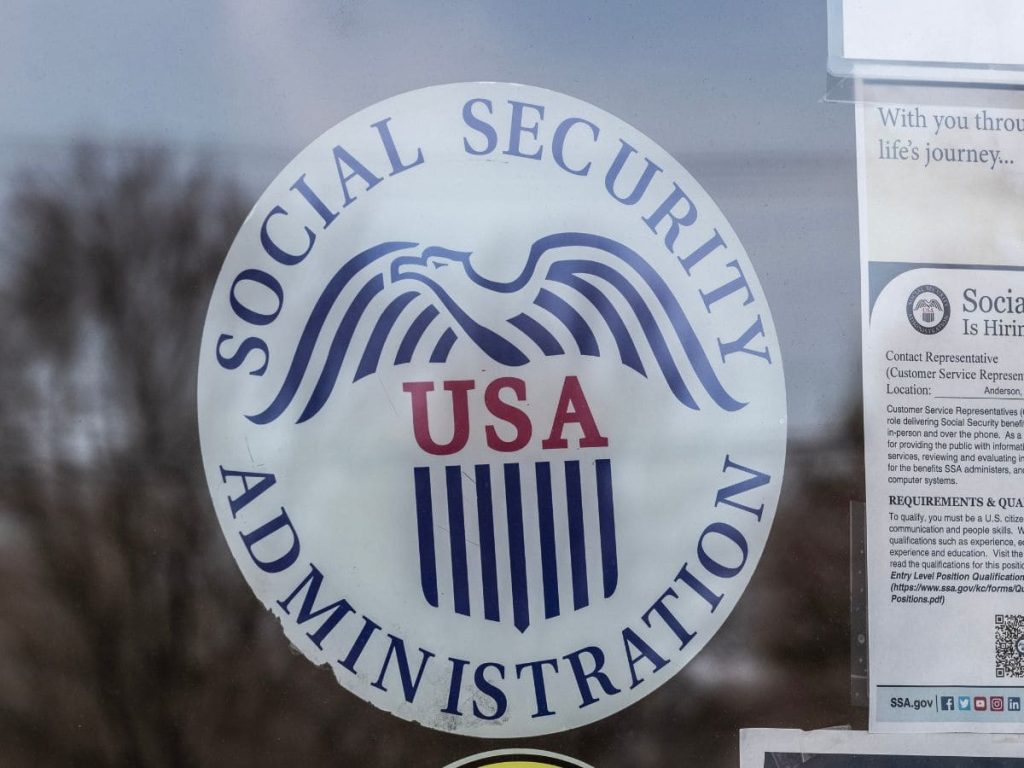The United States will see the closure of dozens of Social Security offices in 2025 as part of a sweeping government efficiency initiative led by the Department of Government Efficiency (DOGE). Spearheaded by Elon Musk and supported by the Trump administration, the program is designed to cut federal spending by terminating office leases across multiple government agencies—including 47 locations operated by the Social Security Administration (SSA).
The plan calls for the cancellation of around 800 federal lease agreements, and aims to save up to $115 billion. While the initiative is framed as a cost-cutting measure, it comes at a time when new Social Security policies are requiring millions of Americans to appear in person to verify their identities—increasing dependence on physical office locations.
Why Are Social Security Offices Closing?
According to government sources, this nationwide restructuring is focused on reducing unnecessary expenses by selling federal assets, renegotiating or canceling leases, and cutting back on outdated or redundant government programs.
However, the timing has raised concerns. With stricter identity verification protocols now in place, more beneficiaries are being directed to visit SSA offices in person, rather than complete tasks online. This could lead to greater strain on remaining locations and potentially limit access for those living in rural areas or with mobility challenges.
Full List of Confirmed SSA Office Closures in 2025
Documents obtained by the Associated Press show that at least 26 offices already have set closure dates, based on internal records from the General Services Administration (GSA) and DOGE. Some of the offices scheduled to close include:
- Alabama: 634 Broad St., Gadsden – Closing September 30
- Arkansas: 965 Holiday Drive, Forrest City – Closing April 25
- Colorado: 825 N. Crest Drive, Grand Junction – Closing June 21
- Florida: 4740 Dairy Road, Melbourne – Closing May 16
- New York: 75 S. Broadway, White Plains – Closing May 31
- Texas: 1122 N. University Drive, Nacogdoches – Closing May 7
DOGE estimates that the restructuring plan will save an average of $714.29 per taxpayer by reducing waste and improving operational efficiency across federal departments. While the long-term financial benefits are substantial, critics argue that the move could disproportionately affect vulnerable populations, particularly seniors and individuals with limited digital access.
